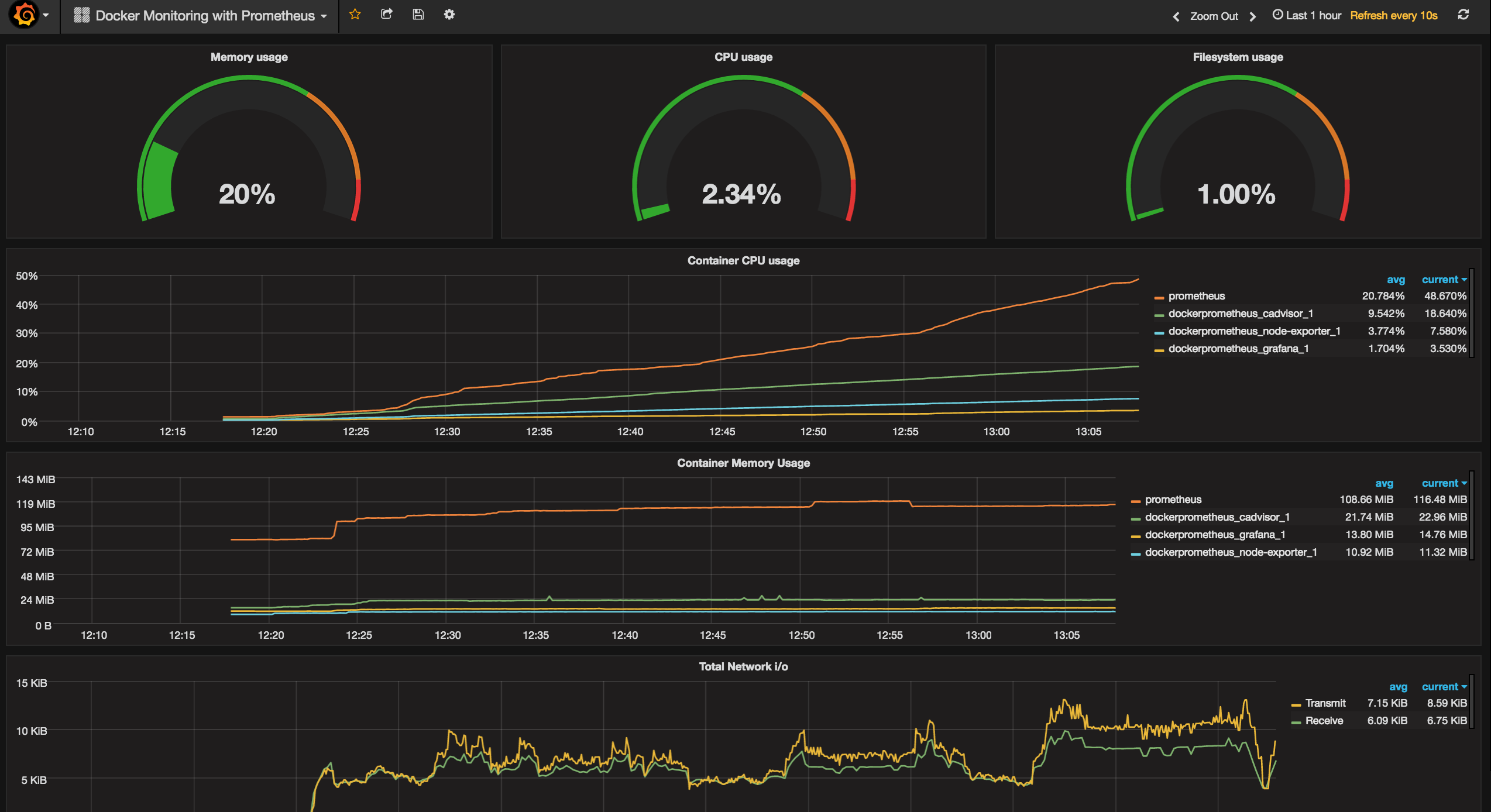Microservices Assestment
Microservices is not just about development. It’s about security, discovery, deployment automation, aggregated logging and monitoring. This includes a lot of “infrastructure” parts that either must exist or a decision must be made before the development begins.
Answer the question: What is the best path?
Once you are certain that a microservices architecture is a good fit for your organization and have organizational buy-in, the biggest challenge is to understand what’s going to be needed and how much scope is going to be your “infrastructure” things
Implementation
The goal is to ensure that each of your application’s microservices is adequately isolated from runtime side effects of, and insulated from changes in the implementation of, the other microservices in the system.
Microservice Support
Operating in this new found freedom can be overwhelming for programmers with years of experience in the old ways of doing things. You must be constantly aware of your team’s ability to change. They may need time to adjust to new guidelines and procedures. Clear communication is the key.
Jenkins as a Service, Awesome Dashboards and Real time monitoring
Provide more flexibility for building and interacting with CI/CD pipelines. Monitoring dashboard will ultimately involve quite a lot of trial and error. Grafana and Prometheus makes this exploration easy





We are working with the UK government under G-CLOUD framework.

